While it has undoubtedly benefited some, the evolving nature of Britain’s economy has left some areas slightly neglected. Requiring much-needed regeneration, these districts have often been adversely affected by poor employment opportunities and lacklustre housing provision.

While many of these areas were once largely ignored by both businesses and visitors, in recent years a number of landmark developments have proven themselves invaluable in returning economic vibrancy and a renewed sense of purpose.
Many examples illustrate the benefits that development can bring to an area, with King’s Cross being a case in point. What was once a primarily industrial area has been transformed into a hub for north London, brimming with new offices, shops, restaurants and even a university campus.
At the heart of this remarkable makeover was the redevelopment of St Pancras International station. Whereas commuters once viewed the area as somewhere to simply pass through, King’s Cross is now a destination in its own right, with Google planning to locate its vast UK headquarters in the now trendy district.
Physical symbol of future prosperity
Throughout the country, landmark developments, from transport hubs to cultural centres, have been shown to have a transformative effect on both the physical and social landscapes of an area. When completed successfully and with an effective consultation process, such developments have engendered a renewed sense of pride for residents and attracted business investment that otherwise would not have been forthcoming. They can serve as a physical symbol of future prosperity.
Of course, the effects of these developments are not uniformly embraced by all stakeholders. Given their transformative nature and the disruption they frequently cause during construction, it is often difficult to strike a balance that pleases everyone.
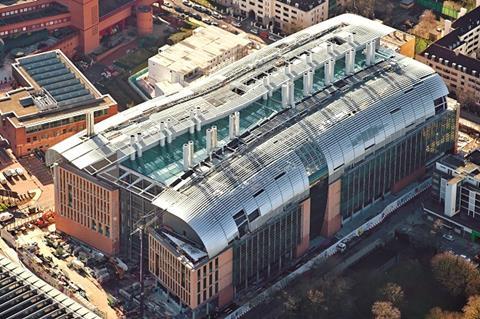
As a result, these developments can sometimes encounter significant opposition. It therefore falls to planning professionals to effectively communicate the remarkable benefits that developments can have throughout the consultation process.
When carried out effectively and appropriately, developments serve to benefit both the physical environment and the people who reside in it. Regeneration projects spearheaded by landmark buildings can provide a welcome sense of renewal.
Through transforming the skyline, these developments also have the potential to transform the aspirations residents and businesses have for an area. Although these projects may cause difficulties in the short term, the long-term benefits are often undeniable.





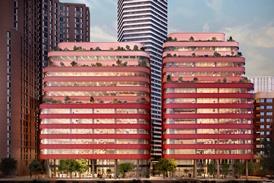


















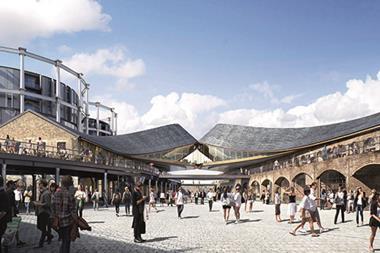

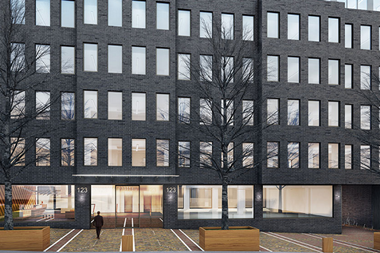
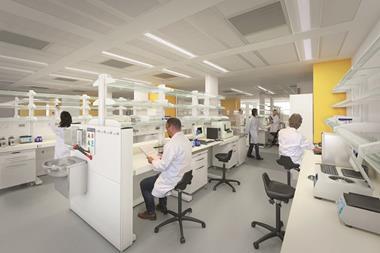


No comments yet